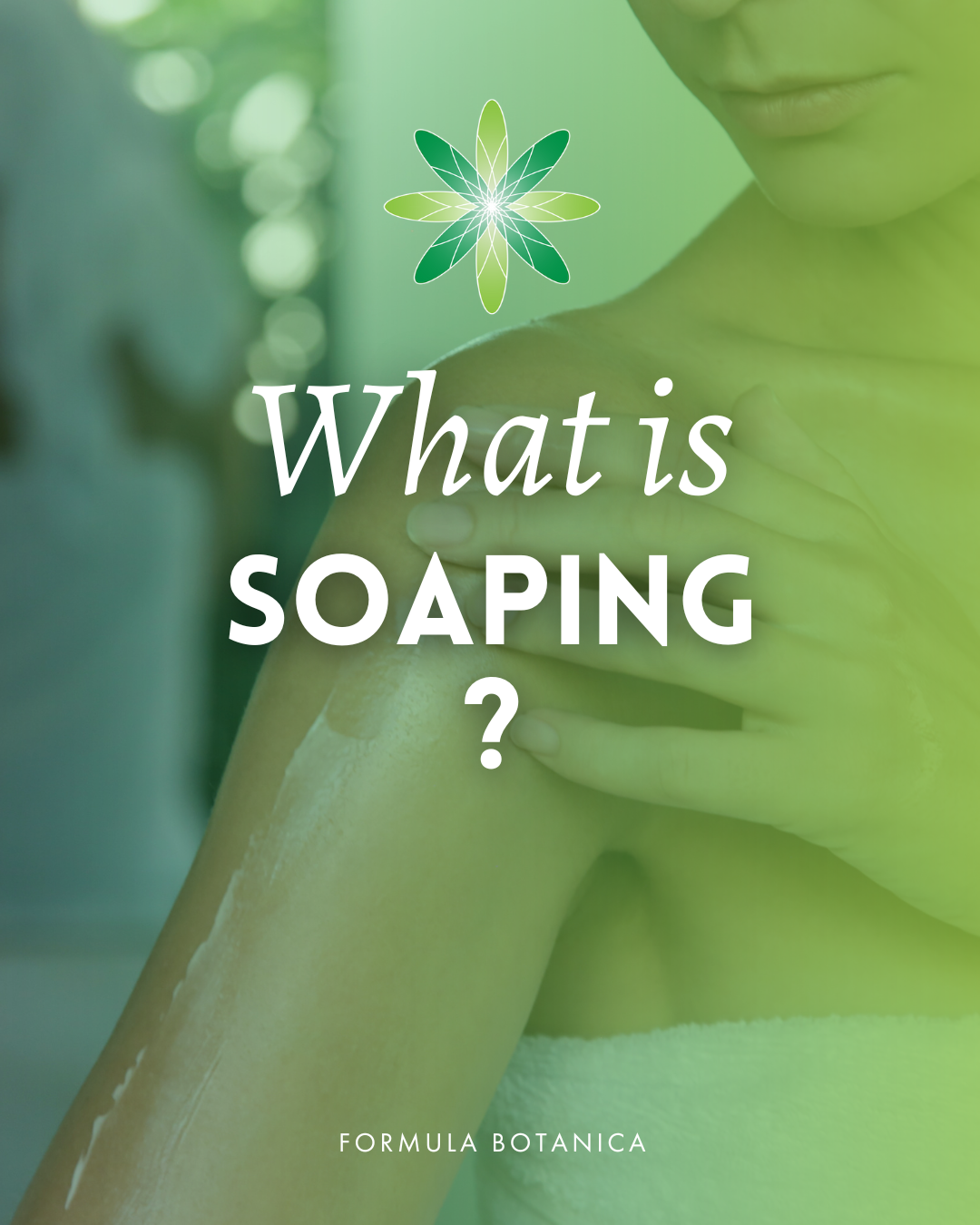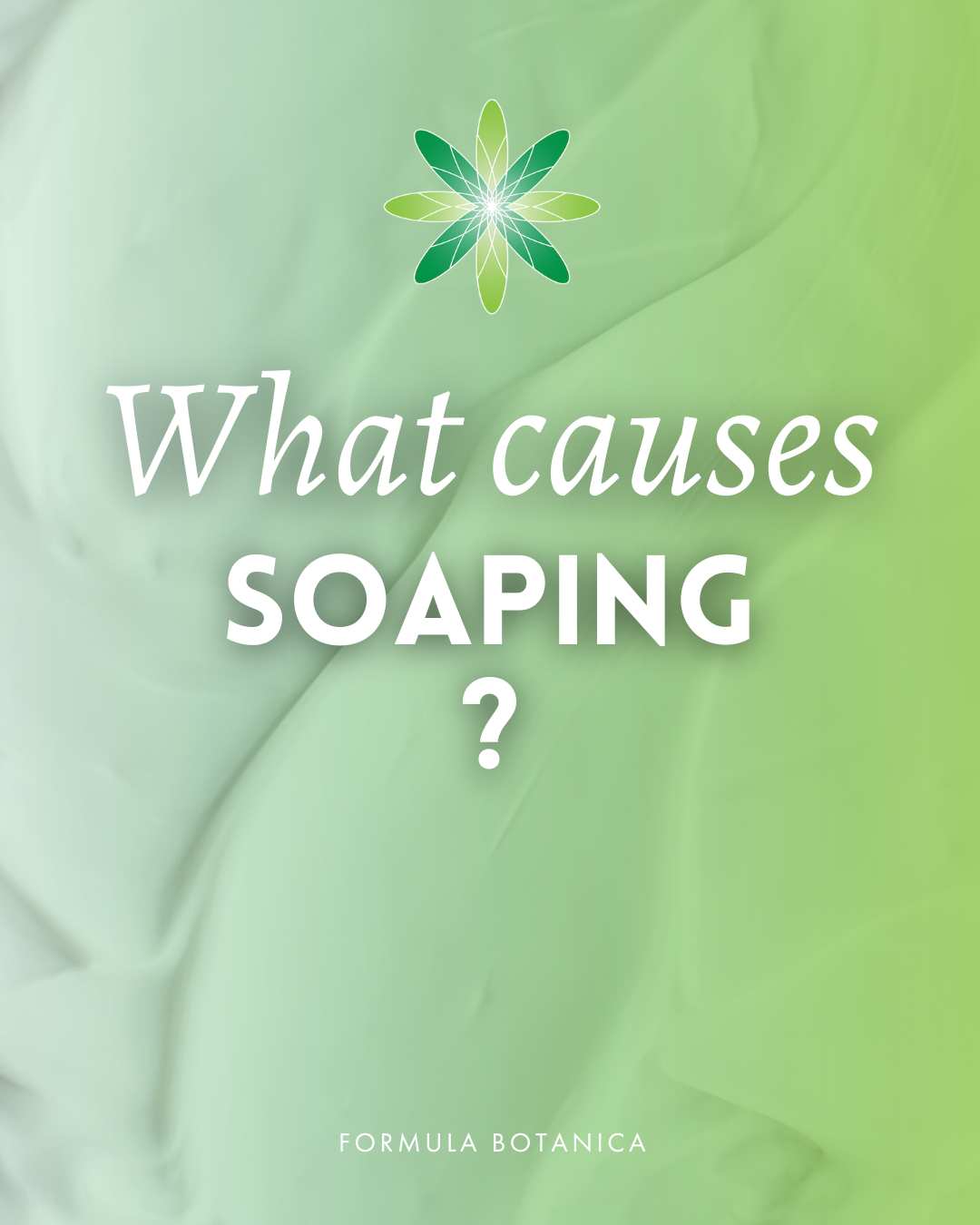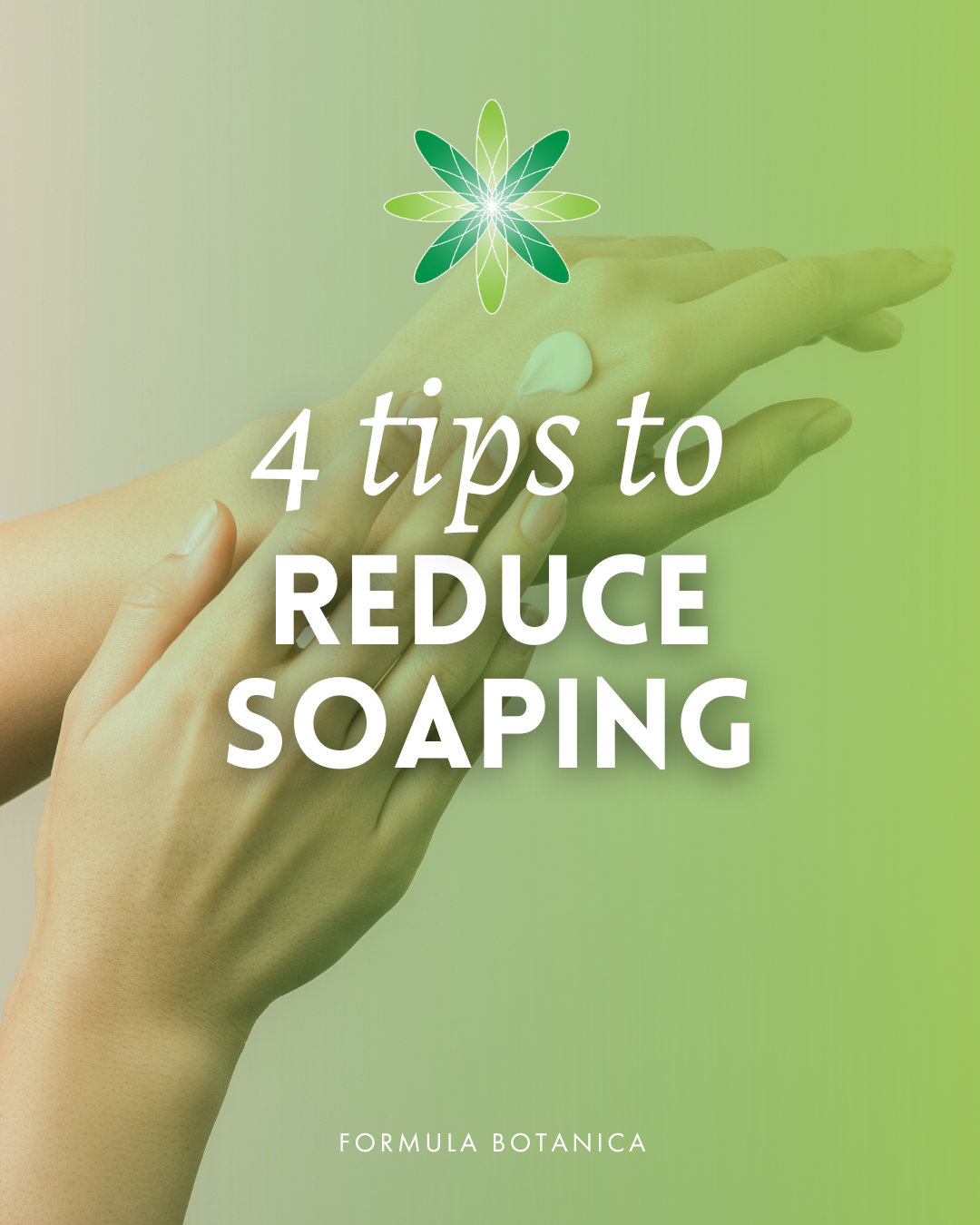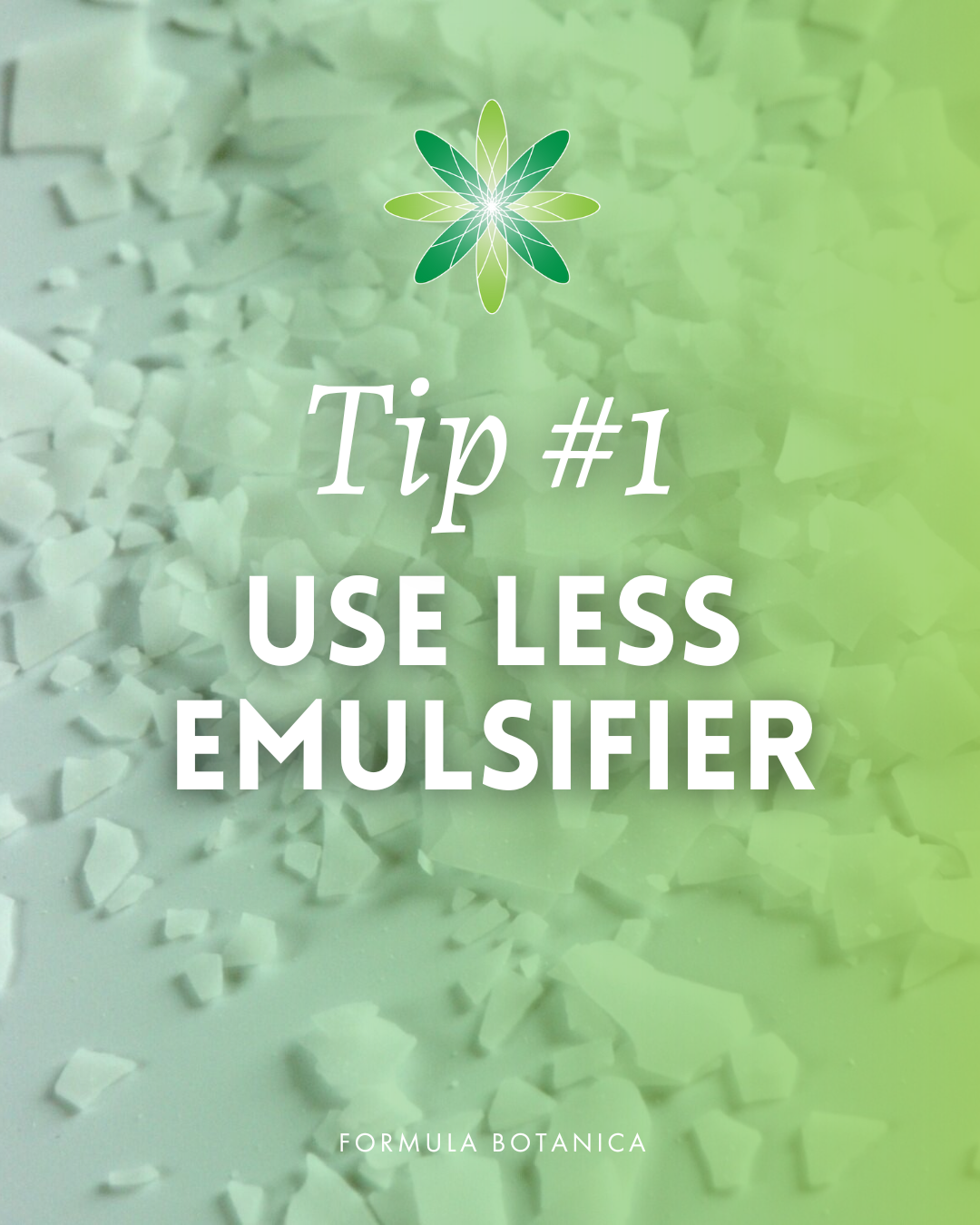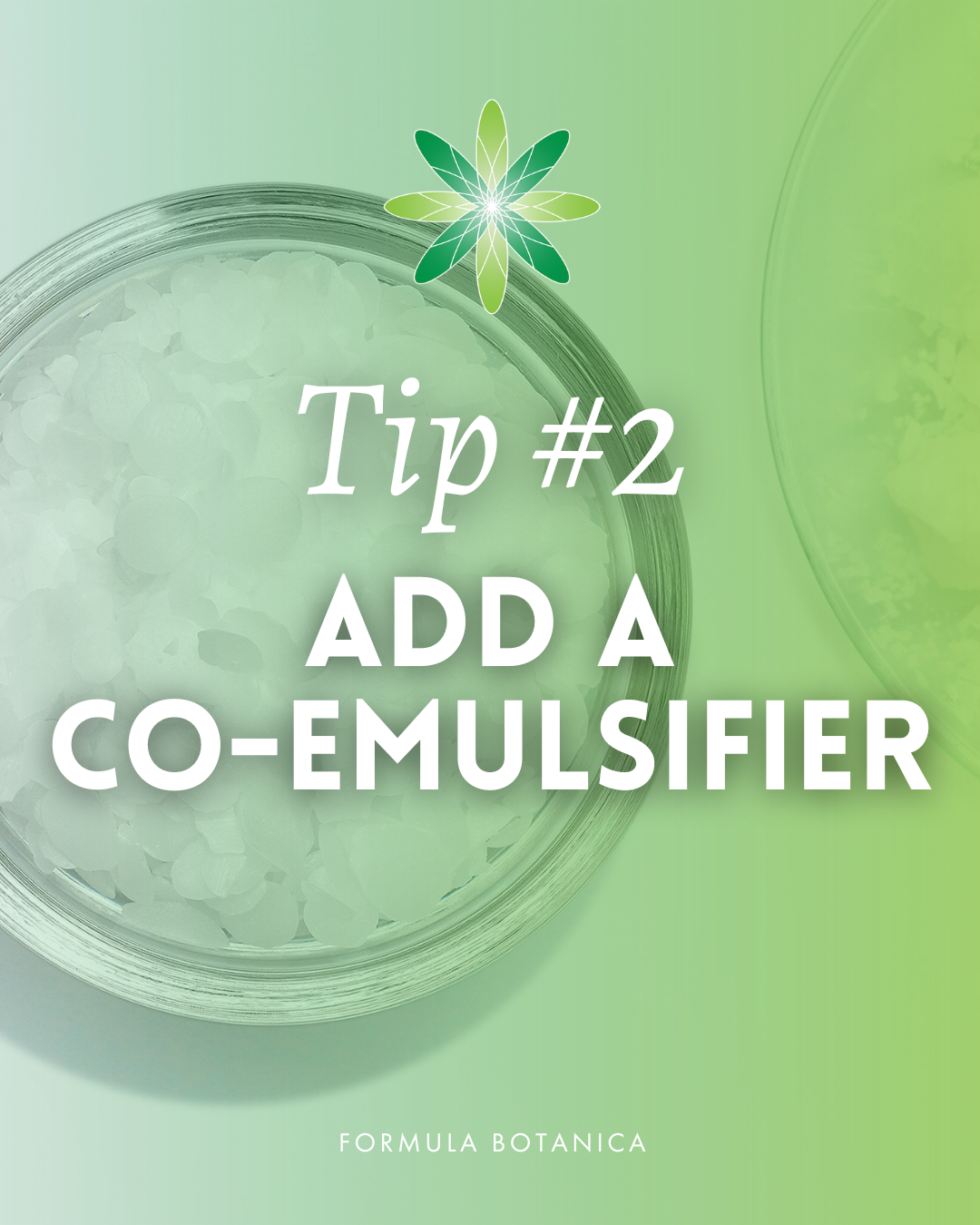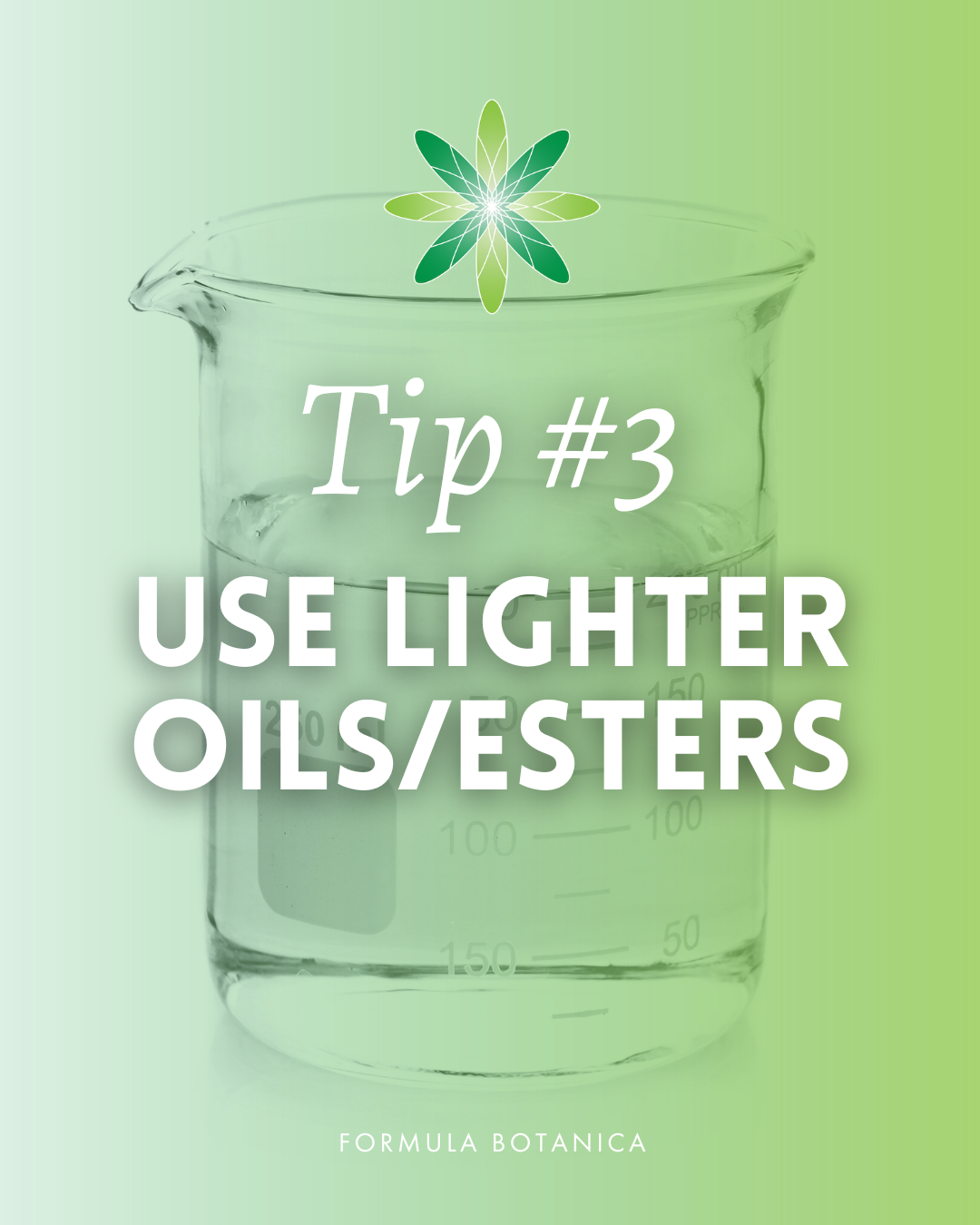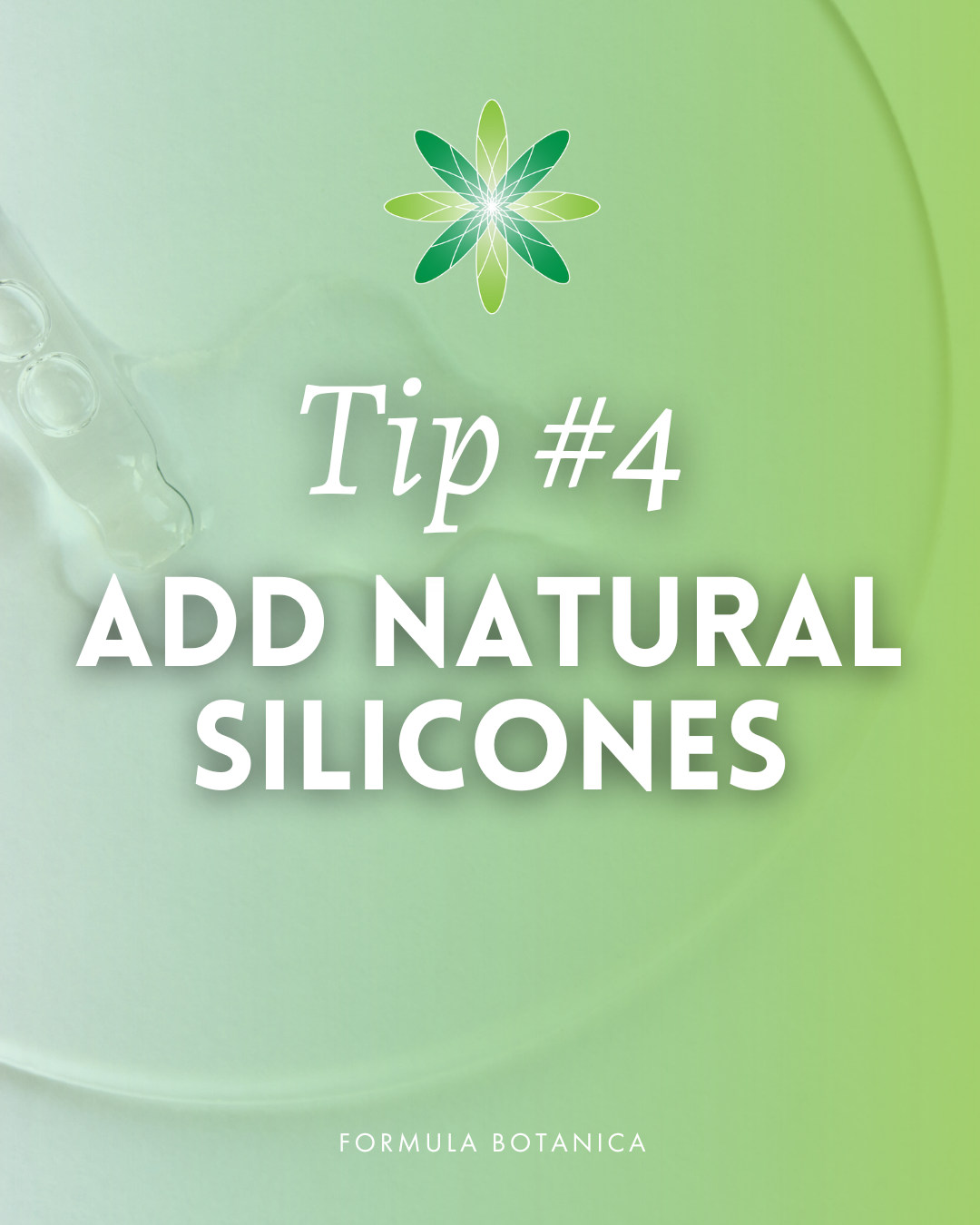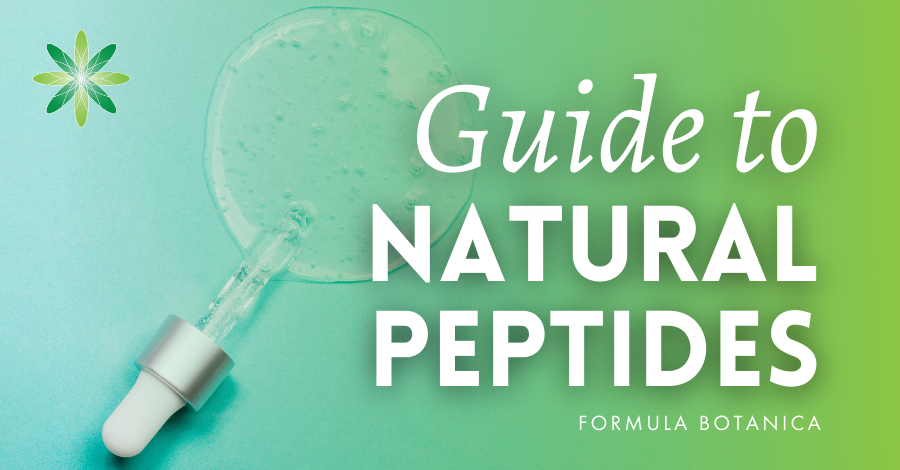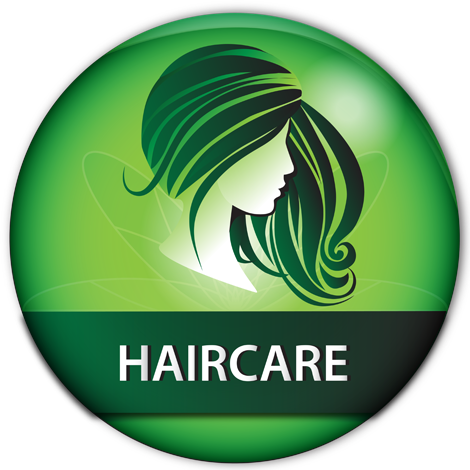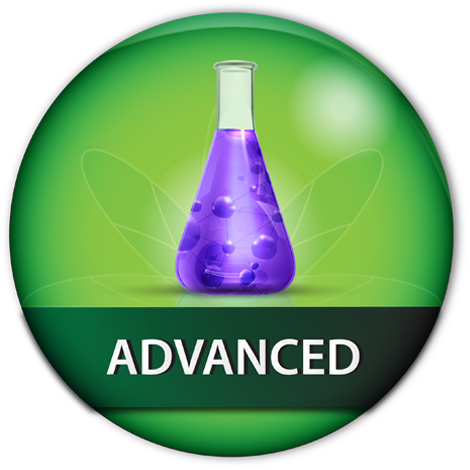One of the most frequent questions we get from our community at Formula Botanica is: How do I avoid soaping in emulsions?
If you’re not familiar with “soaping”, it’s a common phenomenon in emulsions where you get a whitening, streaking or even foamy effect when you apply a cream or lotion to the skin – a bit like soap! While this doesn’t affect the performance or stability of your final product, it can create an unpleasant, draggy skin feel.
Luckily, there are proven scientific ways to reduce or even prevent soaping in your emulsions. Since there isn’t much reliable information available out there, I asked our expert team here at Formula Botanica how they tackle soaping in their natural emulsions, and here’s what they had to say.
What is soaping?
Soaping, also known as microfoaming, is a common phenomenon that can happen in emulsion creams and lotions, where air becomes trapped in the emulsion, resulting in a white, streaky or foamy film on the skin during application.
While soaping doesn’t impact the effectiveness or stability of your formulation, it can make the emulsion less enjoyable to use.
The science behind soaping (as of now)
Soaping in lotions is usually caused by the entrapment of air bubbles introduced during formulation, through agitation or exposure to air during processes like homogenisation. This phenomenon is most commonly observed in low- to medium-viscosity lotions and creams.
O/W emulsifier molecules work by aggregating around the oil droplets within the formula. When there is an excess of emulsifier to oil, the emulsifier will begin to occupy other spaces, such as air. They will aggregate around air bubbles, therefore stabilising them (think gas bubbles).
These are then further stabilised by polymers such as xanthan gum found in your formula. Furthermore, natural emulsifiers usually tend to be used at higher amounts so this problem can be a little more challenging in natural formulas.
It’s also worth noting that all natural O/W emulsifiers cause some degree of soaping, since they belong to the broader surfactant family. Other ingredients, such as plant oils, can also contribute to soaping.
Solutions so far
So far, there are 4 proven scientific ways to reduce soaping in emulsions.
The first one is to reduce the % of emulsifier. In natural emulsions, we typically use more emulsifier than in synthetic emulsions, which can cause soaping. A simple way to reduce soaping is to reduce the % of emulsifier in your formula. Just make sure your emulsion remains stable.
You can also reduce the overall HLB value by adding a small amount of co-emulsifier with a lower HLB value (these are often called ‘anti-foaming agents’ on the HLB chart). Adding silicone alternatives can also help reduce soaping.
Finally, you can reduce the % of fatty alcohols as they have a natural whitening effect.
4 tips to reduce soaping in natural emulsions
Now that you understand what soaping is – and why it happens – you’re probably wondering how to prevent it in your natural emulsions. Here are some of the top tips from our knowledgeable tutors at Formula Botanica:
Tip #1: Adjust the emulsifier/oil ratio
The first tip is to adjust the emulsifier/oil ratio in your formula.
Soaping is often caused by using too much emulsifier, so reducing the percentage of emulsifier and increasing the percentage of oil can make a big difference. Just make sure to stay within the recommended range of your supplier, as each emulsifier has its own optimal ratio, and this could affect the stability of your formulation.
The key here is finding the sweet spot: as much as needed and as little as possible. If reducing the amount of emulsifier doesn’t help, you could try using a different O/W emulsifier, as some emulsifiers cause more soaping than others (notably Olivem® 1000, MONTANOV™ 68 MB and Ritamulse SCG). This alone can make a huge difference in the viscosity, texture, and skin feel of your formulation.
Some of our favourite O/W emulsifiers here at Formula Botanica include PolyAquol™-2W, Xyliance™ NEO, and AminoSensyl™ HC. You can check out our frame formulations for these emulsifiers below:
How to make a natural cream cleanser with PolyAquol 2W
Tip #2: Add a co-emulsifier
In addition to reducing the amount of emulsifier in your formula, you could try adding a co-emulsifier. The synergistic effect of several emulsifiers can help reduce soapiness and improve skin absorption, as well as increase the viscosity and overall stability of your emulsion.
Either add a fatty alcohol like cetyl alcohol or cetearyl alcohol (typically used at 1-2% in your oil phase) or a low HLB water-in-oil (W/O) emulsifier like Glyceryl Stearate, Olivem 900, Durosoft® PG4-O, or Lecithin (typically at 1-2%).
Need help choosing the right emulsifier? Check out this helpful guide:
Unfortunately, we can’t provide you with a set percentage for the optimal emulsifier/co-emulsifier ratio as it depends on which emulsifier and co-emulsifier you’re using, as well as what type of product you’re creating.
For example, if you want to make a low-viscosity lotion, you should use a slightly higher percentage of the co-emulsifier and a lower percentage of the main emulsifier to keep a light and fluid consistency. In general, the more emulsifier you use, the more viscous your cream will be.
Ultimately, it’s about experimenting and adjusting until you find the sweet spot for your formulation. Just remember to always refer to your supplier’s SDS.
If you would like to learn more about emulsifiers and co-emulsifiers, check out our Advanced Diploma in Organic Cosmetic Science!
Tip #3: Use lighter oils/esters
Your choice of oils also plays a major role when it comes to soaping. Natural oils tend to have a stronger tendency to soap compared to non-polar oils like mineral oil, which means you’ll often see microfoaming when using plant-based oils in your emulsions.
Soaping is often caused by polar oils in an alkaline environment (like a barrier-compromised skin or fresh out of the bath), and most vegetable oils are polar, while hydrocarbons like mineral oil are non-polar. The more polar the oil, the more likely it is to soap. In those conditions, they can literally start to saponify, which is what gives that soapy, white film.
Try using lighter, less polar oils like squalane to reduce this, and experimenting with different oils to create the skin feel you want.
If you’d like to dive deeper into oils, check out the Botanical Oils Mini Lab in our exclusive membership site for formulators, the Lab at Formula Botanica.
Tip #4: Add natural silicone alternatives
In addition to adjusting your oil-to-emulsifier ratio and choosing lighter, non-polar oils or esters, you can also improve the spreadability and reduce the soapiness of your emulsion by adding natural silicone alternatives.
Historically, silicones (e.g, simethicone, dimethicone) were often used to solve soaping as they can destabilise bubbles by breaking the walls (reduce surface tension) and also merge smaller bubbles into larger ones, which can easily burst or come to the surface. So adding them to the formula would mean the bubbles were disrupted before the emulsifier got to them.
But since we don’t teach you to use synthetic ingredients in our courses, and silicones are not permitted in natural cosmetics, you could consider using silicone alternatives.
An ideal silicone alternative would be one that has a mechanism to disrupt the bubbles. While we are not there yet in terms of science, you could use ingredients like hemisqualane, caprylic/capric triglyceride, coco-caprylate/caprate, and isoamyl laurate.
These help offset the effects of a higher emulsifier content but also act as emollients and can significantly boost the skin feel of your formulation.
If you’d like to find out more about natural silicone alternatives, check out our Natural Silicones Alternatives Mini Lab, on our membership site, the Lab at Formula Botanica.
Bonus tips
I hope you found these tips helpful! Here are a few additional tricks I’ve picked up along the way that may help reduce soaping in emulsions. While these suggestions aren’t scientifically validated (yet), they’re based on practical experience and may be worth experimenting with.
- Add a powder: Incorporating a small amount of powder can help reduce soaping and make a noticeable difference in both texture and finish. Try using a powder like bamboo silica or rice starch at around 0.5–1%.
- Lower the % of gums: If you’re using gums in your formulation (like xanthan gum), try lowering the dosage or using a mix of gums. High levels of gums can contribute to soaping and increased viscosity. Instead, aim for around 0.2–0.5%, and adjust the viscosity using other ingredients like butters, co-emulsifiers (e.g. cetyl alcohol), or even fatty alcohols to keep the emulsion stable and pleasant to apply.
- Don’t incorporate air into your emulsion: Make sure your mixer is fully immersed during blending to avoid incorporating excess air, which can lead to foaming.
- Use a smaller amount of product: Sometimes, simply applying a smaller amount of product and massaging it gently into the skin for a minute or two can help reduce the appearance of soaping.
Recap + final thoughts
I hope you found this article helpful! Soaping is a common issue when formulating emulsions. Fortunately, with experience and a bit of trial and error, it becomes much easier to manage.
To recap, soaping typically results from the entrapment of air bubbles during formulation, often due to exposure to air and agitation during homogenisation. It’s most often seen in low- to medium-viscosity lotions and creams and appears as a white film on the skin when the emulsion is applied.
Scientifically supported solutions for reducing soaping include lowering the emulsifier concentration, incorporating a small amount of a co-emulsifier with a lower HLB value, using silicone alternative oils, and reducing the amount of fatty alcohols in your formula.
In addition, I’ve shared some helpful tips from our tutors that have proven helpful in practice, like reducing the emulsifier percentage, adding a co-emulsifier, using lighter oils or esters, and adding natural silicones.
If you have any questions, feel free to leave them in the comments below! We’re here to help. I’d also love to hear what your tricks are to reduce soaping in your emulsions.
Next steps
Speaking of becoming a confident formulator, if you are a formulator and would like to take your skills and knowledge to the next level, check out our Advanced Diploma in Organic Cosmetic Science.
New to formulating? No problem! Start with our free mini training course, perfect for complete beginners. There, you’ll learn the fundamentals of organic skincare formulation, and soon, you’ll be making your own creams and lotions!
FAQ
- What is soaping?
Soaping refers to the whitening, streaking, or foamy effect that sometimes occurs when you apply an emulsion, like a cream or lotion, to the skin. It is quite common with natural O/W emulsifiers.
- What causes soaping?
Soaping (aka microfoam) is usually caused by the entrapment of air bubbles in your formula due to exposure to air and agitations (when homogenising).
- How do you reduce soaping in emulsions?
The easiest way to reduce soaping in natural emulsions is to lower the percentage of emulsifier. If that doesn’t work, you could try using another O/W emulsifier, as some tend to cause less soaping than others, or add a fatty alcohol/ low HLB co-emulsifier (HLB 1–3). You could also add lightweight oils/esters or natural silicone alternatives.
- Where can I learn to formulate?
You can learn how to formulate natural and organic skincare at home with our award-winning free and paid online courses. Join a global community of over 20,000 passionate students and start formulating today!
FREE TRAINING
Learn how to become an
Organic Skincare Formulator
FREE TRAINING
How to become an
Organic Skincare Entrepreneur
FREE TRAINING
How to become an
Organic Skincare Entrepreneur
Leave us a comment

Ariane is Formula Botanica’s Content Creator and an active member of the student community. She has worked as a professional journalist, blogger, copywriter and editor before joining Formula Botanica full-time in 2024.


